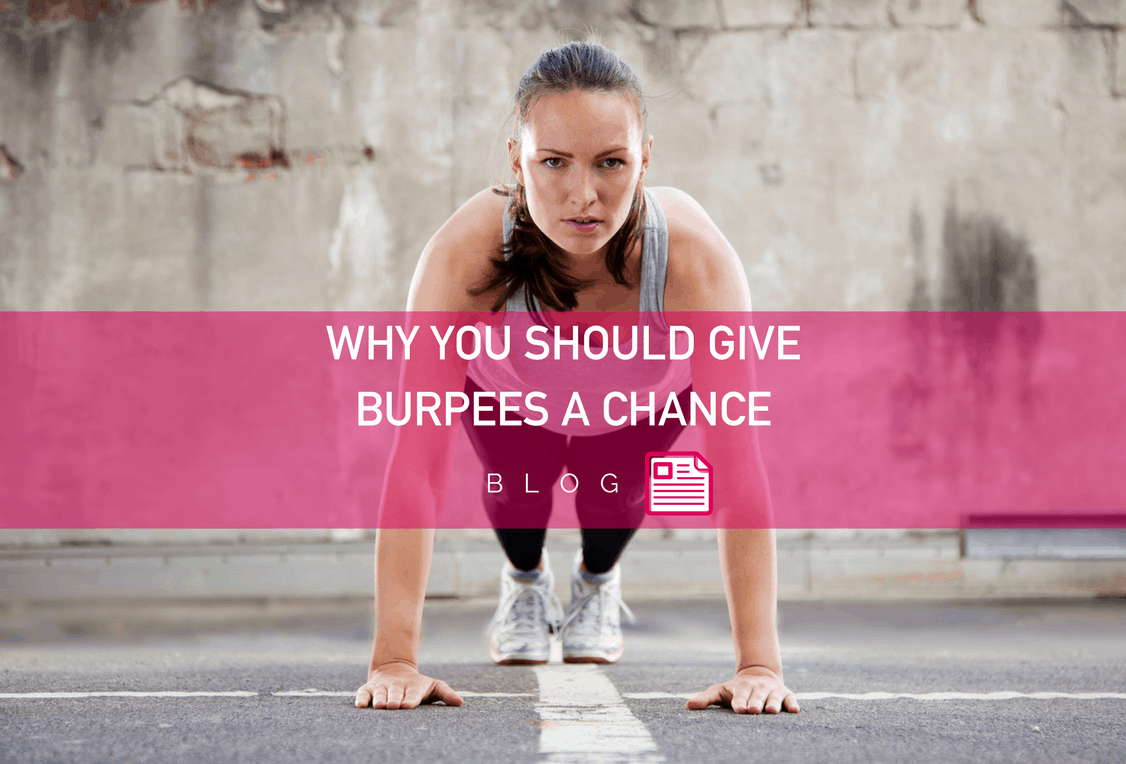
According to the Canadian Diabetes Association, approximately 5 million Canadians have diabetes and another 6 million are estimated to have prediabetes. Every three minutes a new diagnosis is made in Canada, making it very likely that you already know someone living with diabetes or prediabetes.[1]
Both diabetes and prediabetes have long-term consequences for your health and need careful management. This means making healthy lifestyle changes that include regular exercise, a nutritious diet, and supplements.
The first step to making such changes is increasing your awareness. Here’s what you should understand about diabetes.
What is Diabetes?
Diabetes, often referred to by doctors as diabetes mellitus, is a chronic disease that causes high blood glucose (blood sugar) levels. This can be due to low insulin production by the body, poor use of the insulin produced by the body, or both.
Types of Diabetes
There are several different forms of diabetes, each with its own distinct characteristics. Prediabetes, type 1, type 2, and gestational are the most common forms.
Prediabetes
Prediabetes is the stage when a person’s blood glucose levels are abnormally high, but not quite at the level for diagnosis with type 2 diabetes.
Type 1 Diabetes
Also called insulin-dependent diabetes, type 1 diabetes typically begins during childhood. In this form, the body does not produce the insulin needed to stabilize blood sugar levels. To avoid complications, people with type 1 diabetes must take insulin orally or through injections.
Type 2 Diabetes
Approximately 90% of all cases of diabetes worldwide are classified as type 2, also called non-insulin dependent diabetes. [1]
Type 2 diabetes usually, but not always, begins during adulthood when a person’s insulin production slows or their cells can no longer react to insulin. This leads to unstable blood sugar levels. It is often caused by poor lifestyle choices, such as an unhealthy diet, not exercising, and being overweight. The good news is that you can gain control or even reverse type 2 diabetes through a long-term commitment to good nutrition and lifestyle adjustment.
Gestational Diabetes
Gestational diabetes is a condition that affects up to 20% of women during pregnancy. [2] It begins when not enough insulin is produced to keep up with the increasing needs of the mother, baby, and fluctuating hormones, resulting in increased blood sugar levels. Although temporary, having gestational diabetes increases the risk that mother and child will develop type 2 diabetes and the risk for high birth weight. [3]
It’s Not Just Diabetes
There are more consequences to diabetes than the actual condition itself. On top of regular blood sugar monitoring and daily doses of insulin, diabetes can function as a stepping stone to other serious health complications, including: [3]
- Diabetic retinopathy (the leading cause of blindness)
- Kidney failure
- Heart disease
- Diabetic neuropathy
- Diabetic foot disease
Lifestyle Changes that Reduce Your Risk
Studies show that you can stop and even reverse the onset of type 2 diabetes by losing as little as 5% of your excess body weight and exercising 150 minutes per week.[4] Boosting your dietary fibre intake by eating more whole grains can also help reduce the risk of developing diabetes in the first place.[5]
Nutritional Supplements
To further support your healthy diet and exercise program, PGX offers a line of products stops the blood sugar roller coaster. Developed by our doctors who specialize in blood glucose management, each product is specifically formulated to support key aspects of health.
PGX lowers the glycemic index of food, smoothes out spikes in blood sugar levels after a meal, and encourages portion control by promoting the feeling of fullness.
Your First Step Toward Prevention
Diabetes is a serious disease that is on the rise throughout the world. Your first step toward preventing and managing diabetes is understanding more about it.
References:
[1] Diabetes Canada. About Diabetes. Canadian Diabetes Association. Available from:https://www.diabetes.ca/about-diabetes [Accessed 29th October 2018]. [2] Diabetes Canada. Living with Gestational Diabetes. Canadian Diabetes Association. Available from: https://www.diabetes.ca/diabetes-and-you/living-with-gestational-diabetes [Accessed 29th October 2018]. [3] World Health Organization. Diabetes Mellitus. Fact sheet No138. Available from: https://www.who.int/ [Accessed 29th October 2018]. [4] Allende-Vigo MZ. Diabetes mellitus prevention. Am J Ther. 2015 Jan-Feb;22(1):68-72. [5] Parker ED, Liu S, Van Horn L, et al. The association of whole grain consumption with incident type 2 diabetes: The Women’s Health Initiative Observational Study. Ann. Epidemiol. 2013 Jun;23(6):321-327.

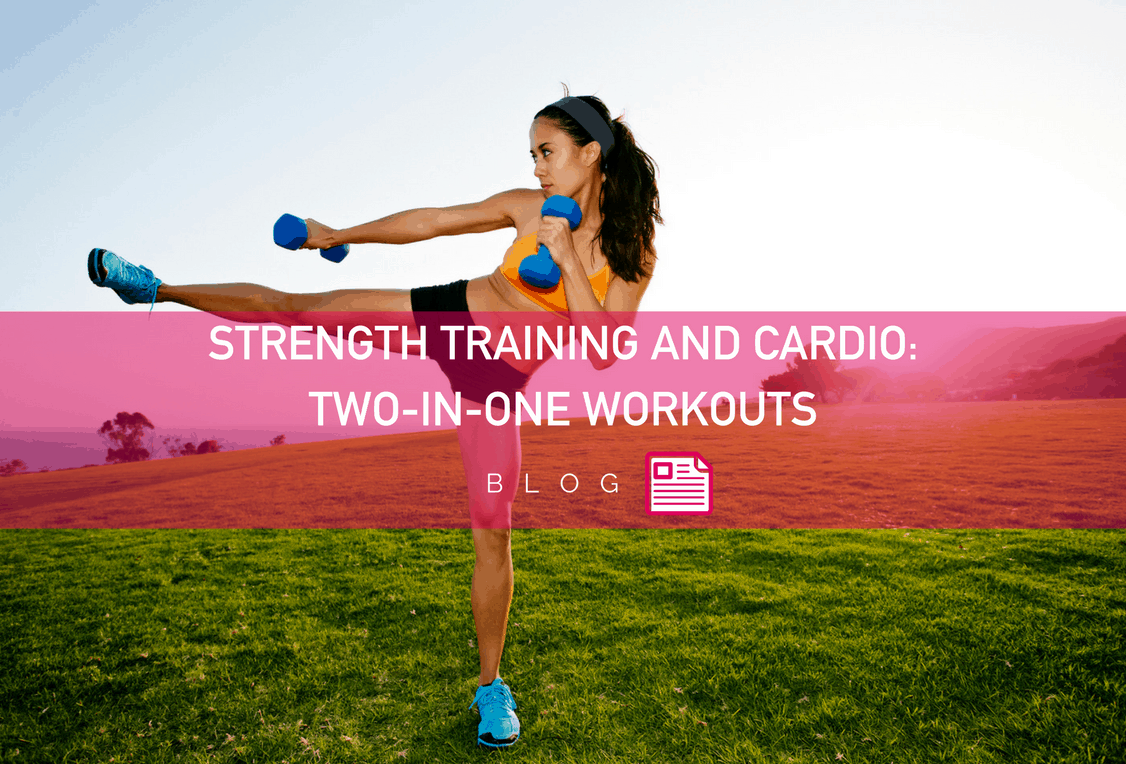
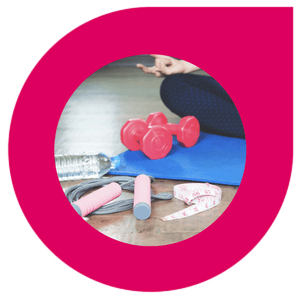 A Strength Training and Cardio Circuit
A Strength Training and Cardio Circuit
 Start Afresh
Start Afresh 3. Make Healthy Meals in Bulk
3. Make Healthy Meals in Bulk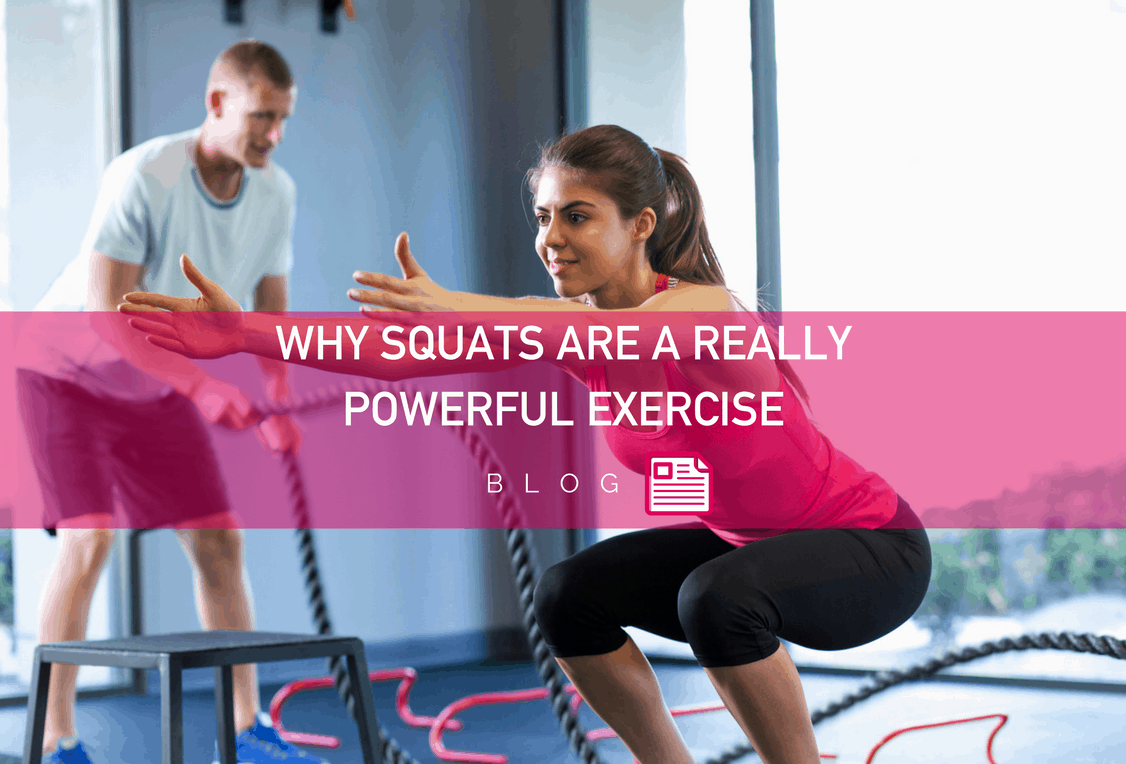




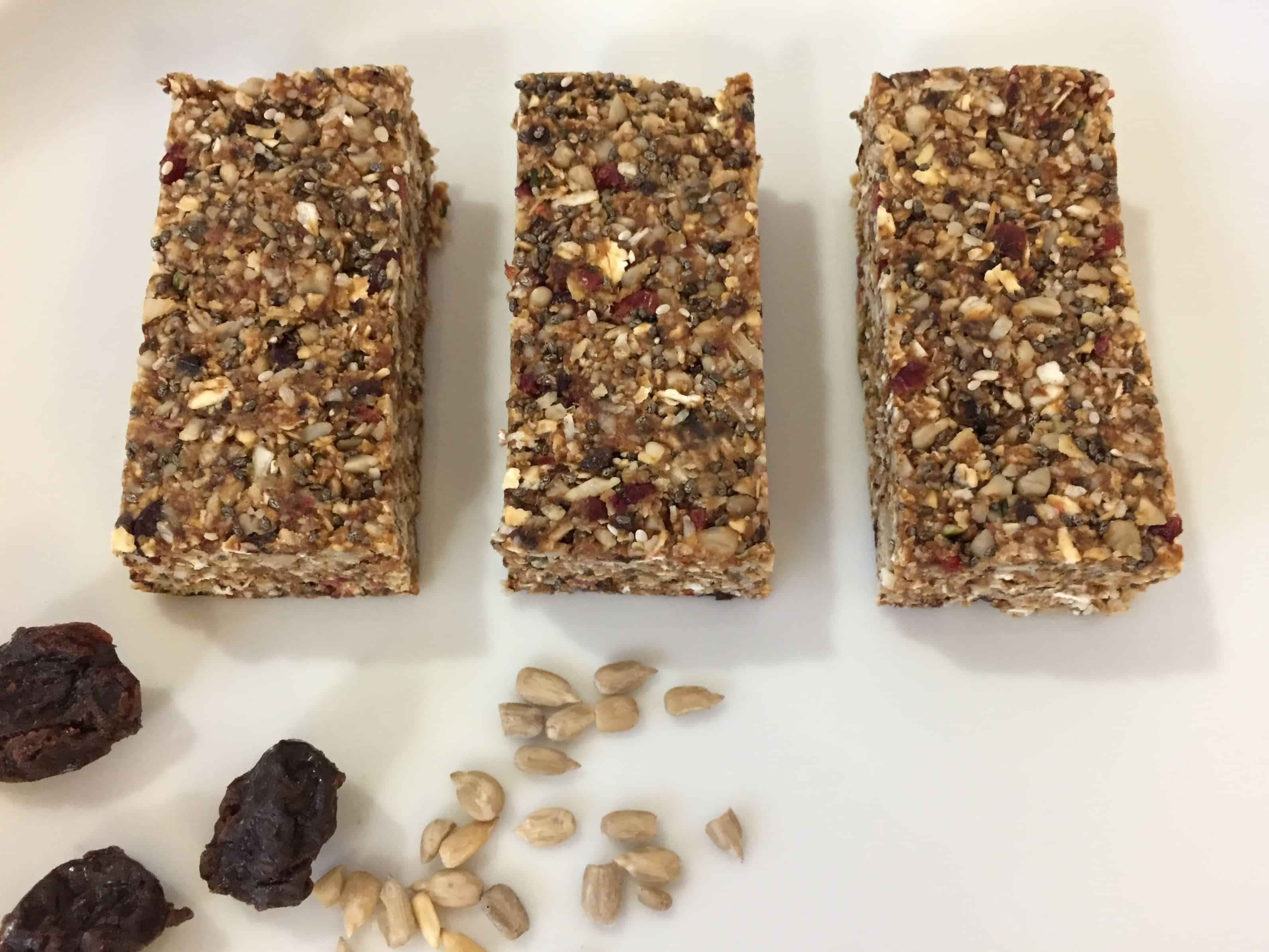
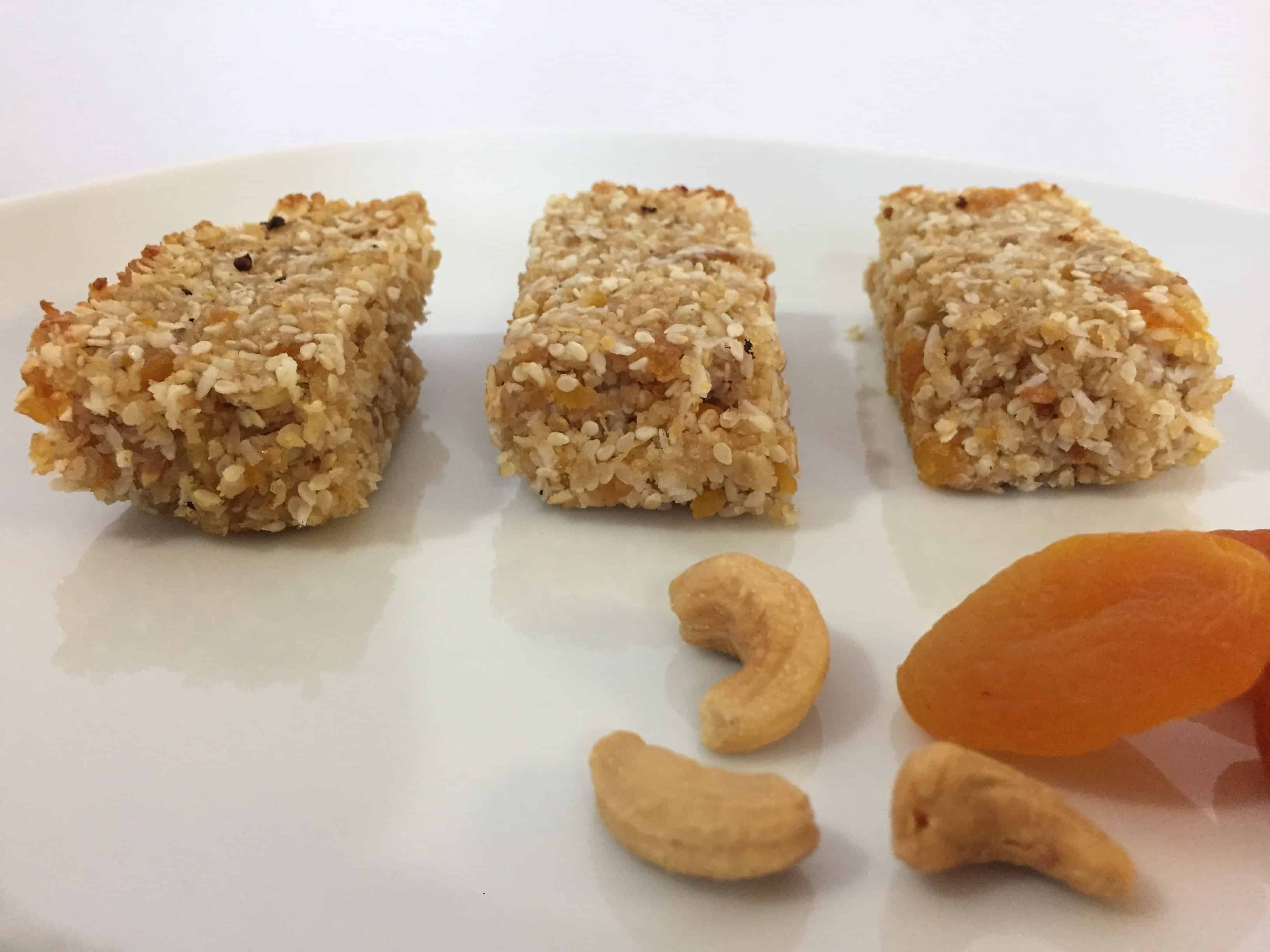
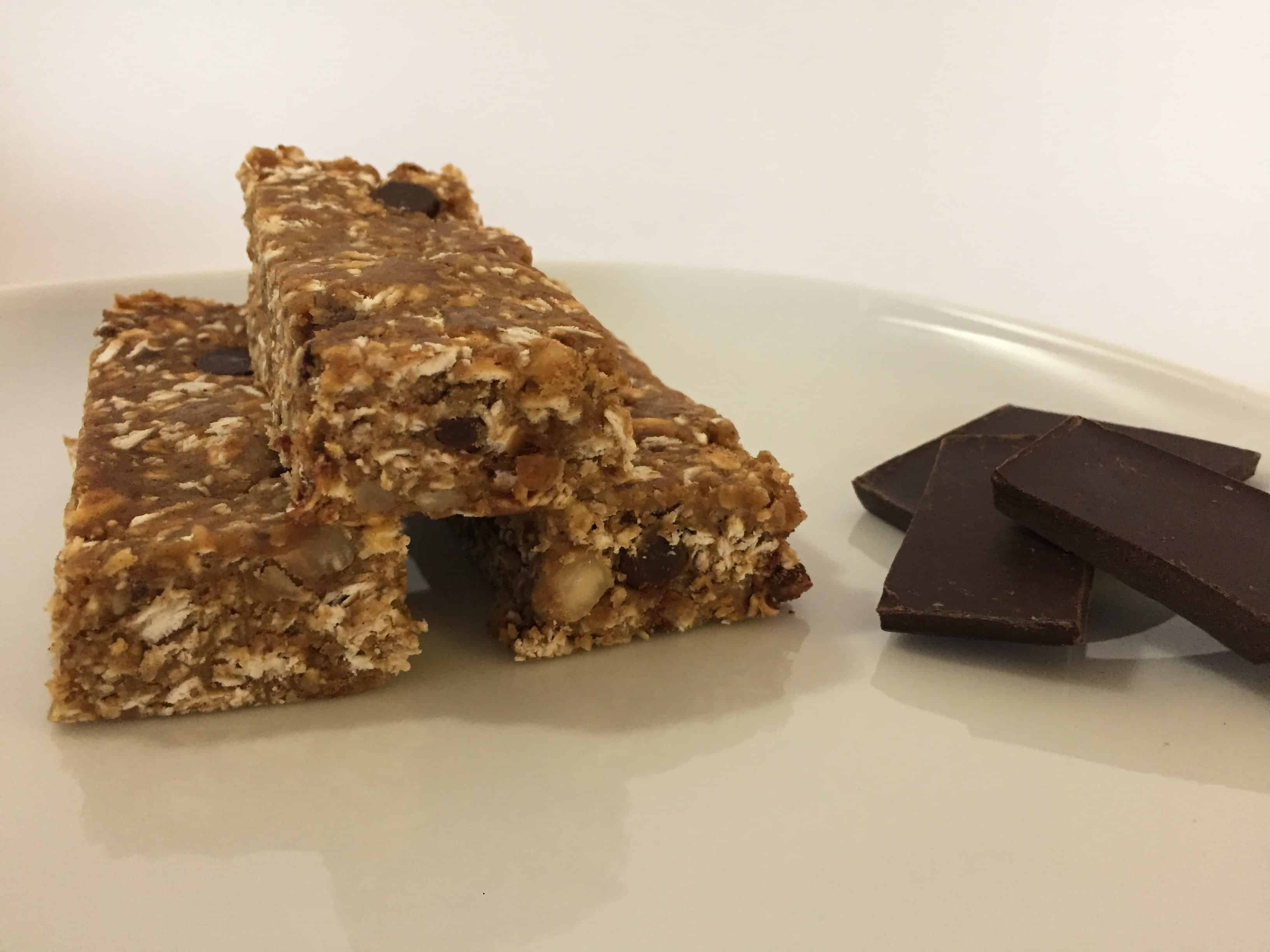

 2. Melons
2. Melons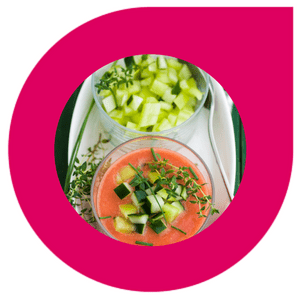 5. Soups
5. Soups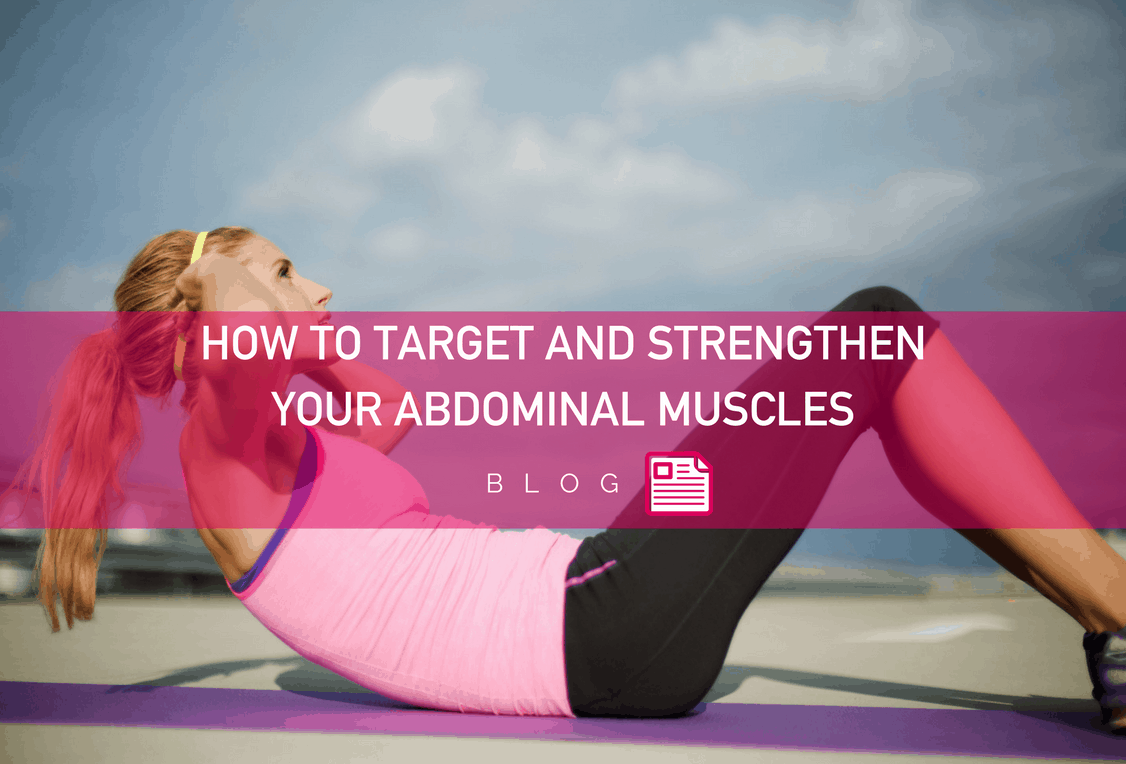
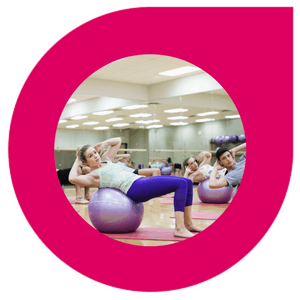 1. Ball Crunches
1. Ball Crunches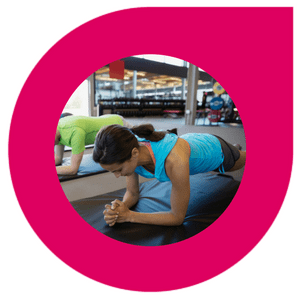 2. Plank
2. Plank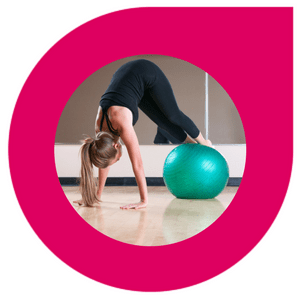 3. Ab Roll Out Using Stability Ball
3. Ab Roll Out Using Stability Ball 4. Cable Wood Chop
4. Cable Wood Chop
 1. Epsom Salt Bath
1. Epsom Salt Bath 3. Ice Bath
3. Ice Bath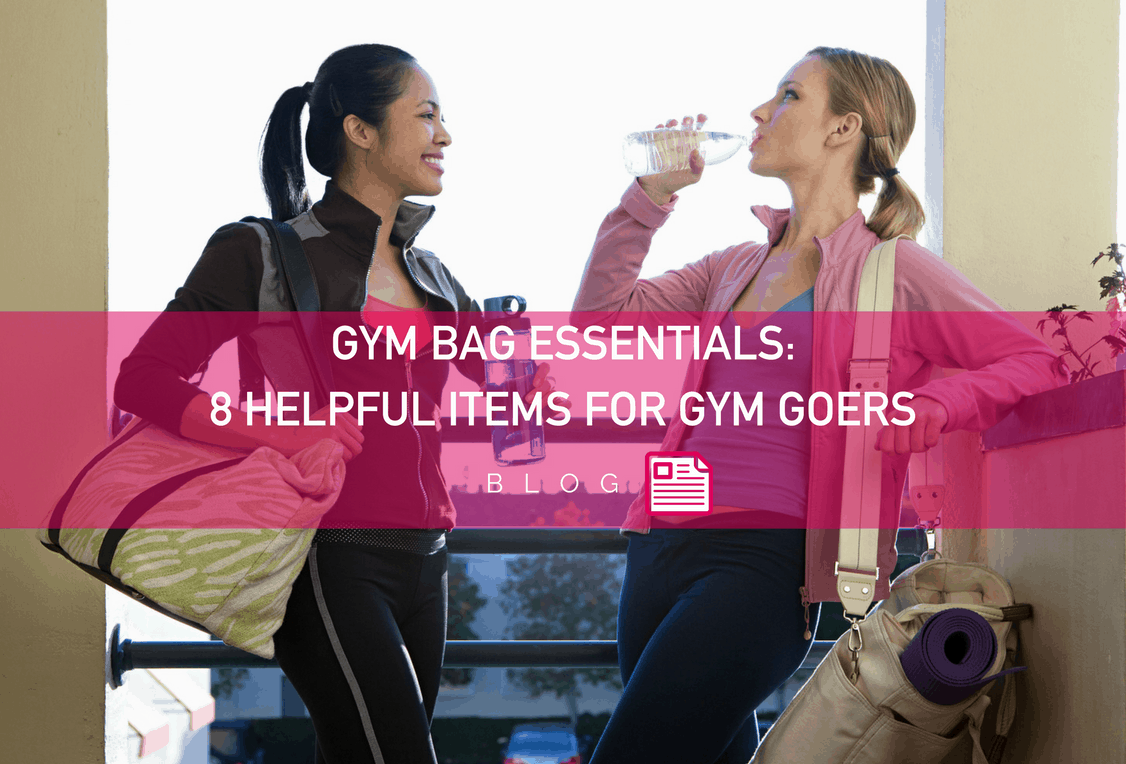
 8 Gym Bag Essentials
8 Gym Bag Essentials